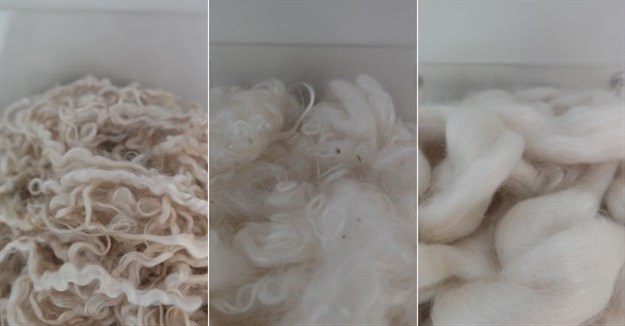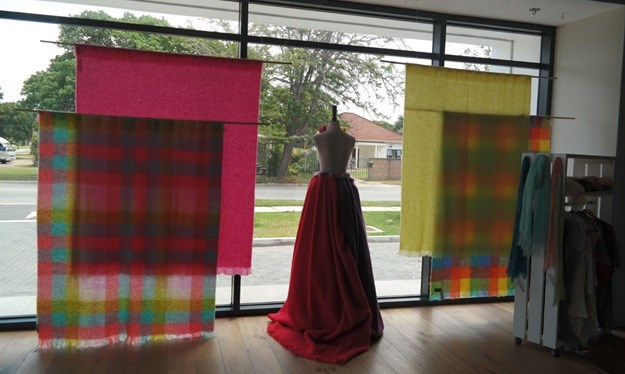Originating in the Tibetan Himalayas, the silk-like fabric or yarn - known as mohair - produced from the Angora goat's fleece has been a highly treasured natural fibre for thousands of years. It was a stroke of luck, however, that led to the foundation of the mohair industry in South Africa. In 1938, the sultan of Turkey sent 12 infertile Angora rams and one ewe to the country, unbeknownst to him that the ewe was already pregnant. She gave birth to a ram, establishing Angora breeding stock in SA, leading to the establishment of a now prolific industry that contributes roughly 50% of total world mohair production.
What's so special about mohair?
It isn't known as 'the noble fibre' or 'the diamond fibre' for nothing - some of its unique qualities include its versatility; carpets, curtains, duvet filling, furniture covers, rugs, blankets, suits, socks, scarves, cardigans - there's very little you can't do with mohair. It has a similar natural lustre to silk, is very lightweight yet durable because of its pliability, and is crease-resistant ensuring products hold their shape. Another thing mohair holds very well is colour, responding to dyes in a way that few fibres do. Lastly, it has an innate climate control system absorbing and releasing atmospheric moisture, meaning it keeps one cool in summer and warm in winter. Mohair is basically the super fibre of the textile industry, in high demand with interior designers, craft specialists, and industrial fibre specialists.
From fleece to final product
The mohair process begins with clipping the fleece from the Angora goats. This happens twice a year, either by hand or electric shears. This is followed by meticulous classing - sorting the mohair into various lengths, diameters, and quality types. Next the mohair is washed, and carded - the fibres are positioned in uniform lengths and the vegetable matter is removed. Combing comes next, followed by spinning - converting the mohair into yarn. Twisting and brushing the yarn produces its fluffy appearance. Through weaving or knitting, the mohair yarn is manufactured into woven cloth or knitted panels for garment production. It can be dyed after combing, spinning, or weaving.

There are 20 mohair manufacturers in the Eastern Cape, along with many local designers situated in the province. The end products don't come cheap though as a lot of care, from farming to production, is needed. The most expensive, high-quality fleece is obtained from the very first shearing of an Angora kid goat. Many emerging farmers participate in this industry too, contributing to its sustainability, with upcoming farmers producing 629 tonnes of mohair, valued R41m in 2014.
From its charmed beginnings to its rigorous production process, the Mohair South Africa story is certainly one to share locally and abroad.
For more info on Mohair SA, go to www.mohair.co.za.












































